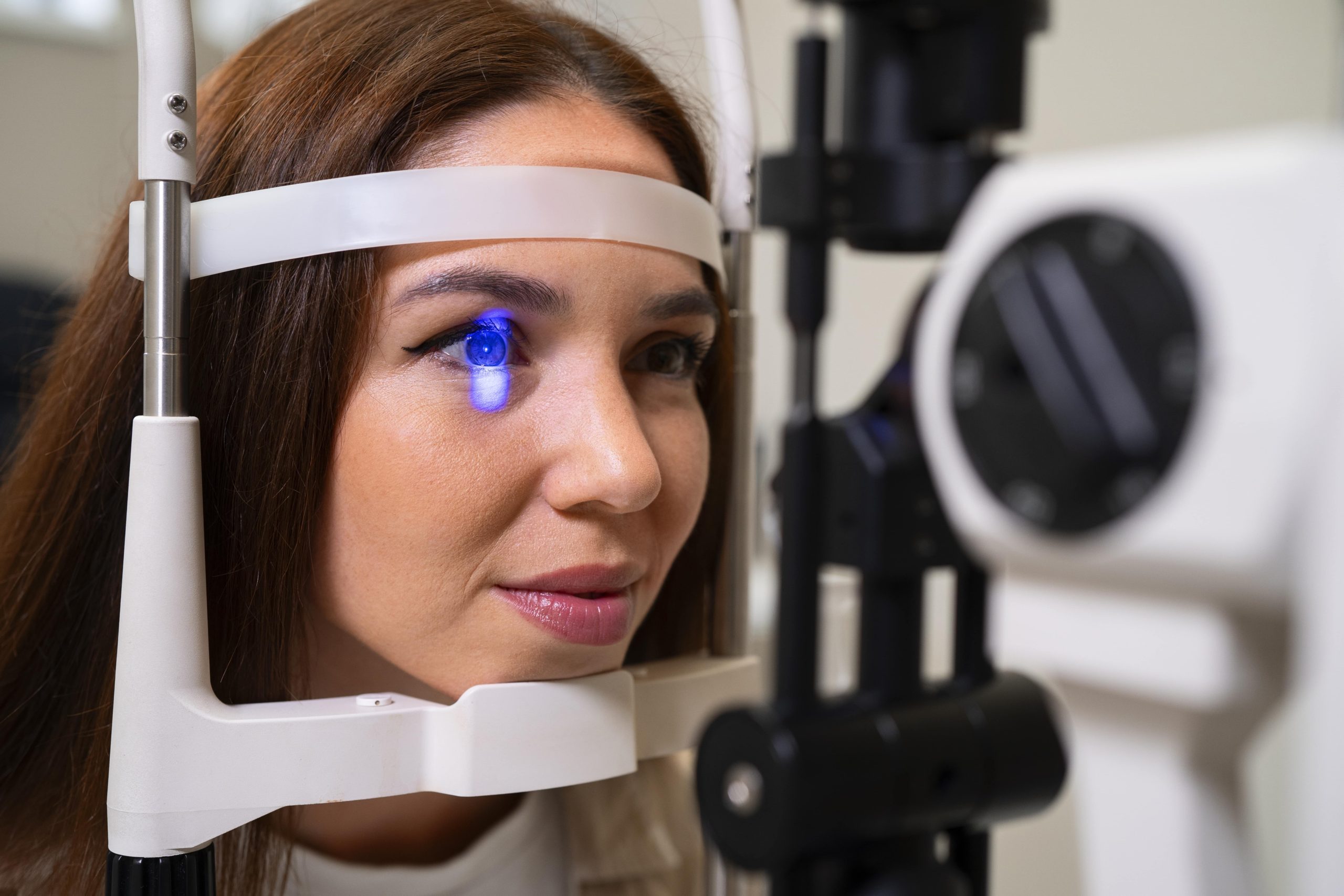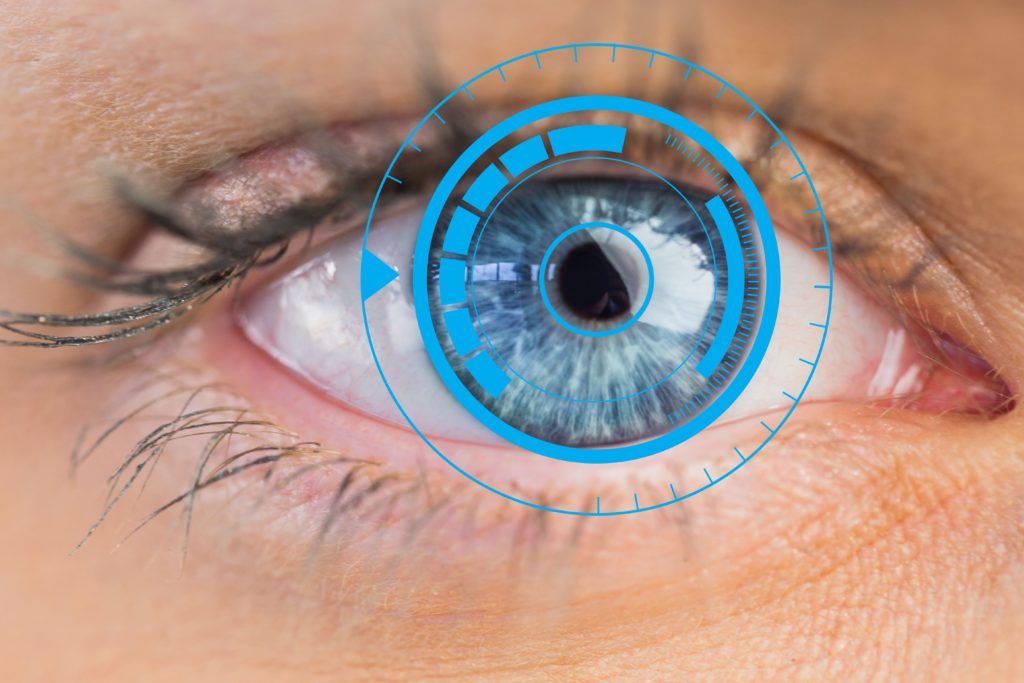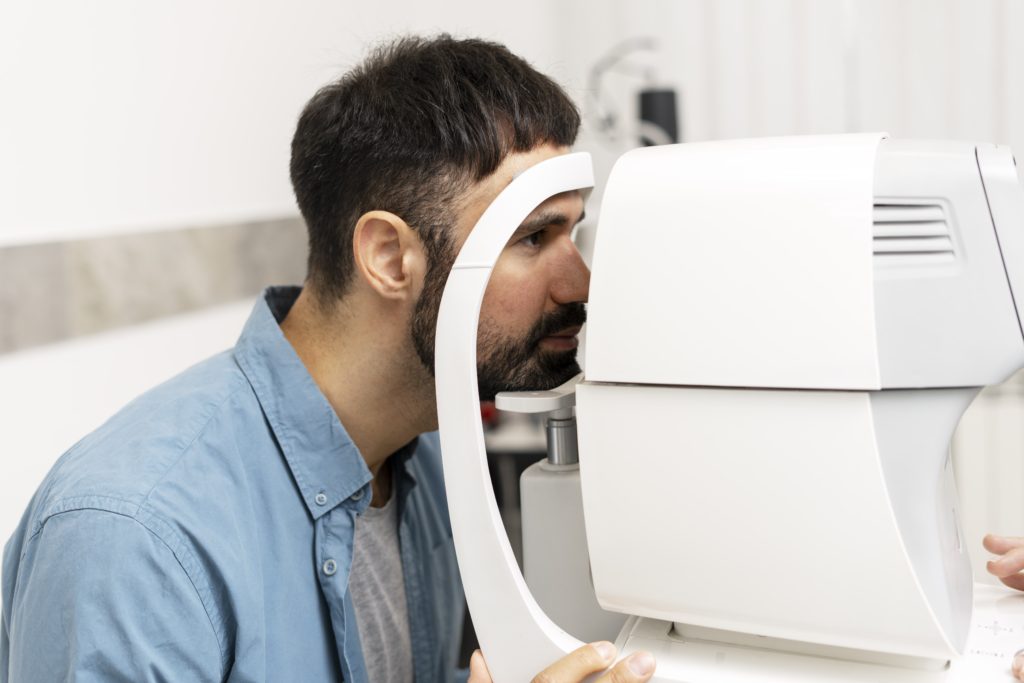
Laser-Assisted In Situ Keratomileusis (LASIK) is a widely used procedure for individuals seeking to eliminate their dependency on glasses and contact lenses. It improves their eyesight with 100% accuracy and lets them see things clearly without lenses.
However, after years of getting LASIK, people observe problems in their vision and feel they need this treatment again. Such people most often asked, “Can you get LASIK twice?”
The answer to this question is yes. However, there are some shortcomings and eligibility criteria for those looking for LASIK again. In this blog, we will go through the LASIK process, understand it, and know who is eligible for LASIK.
Understanding LASIK: How It Works

LASIK surgery involves the reshaping of the cornea to rectify refractive errors such as myopia, hyperopia, and astigmatism. During this procedure, ophthalmologists create a small flap in the outermost layer of the cornea.
Then, they reshaped the cornea tissue with LASER by removing a small portion of it. Doing so allows for direct light focus on the retina, leading to optimal results from this procedure.
However, in some cases, these results are not permanent. Mainly after 5-10 years, people who have experienced LASIK feel its need again.
Is It Possible to Have LASIK Twice?
Indeed, it is possible to have LASIK surgery more than once. This is known as an enhancement or secondary LASIK procedure and is designed for individuals whose vision has changed since their first surgery.
However, not everyone is eligible for a second procedure. Your eligibility depends on factors like the health of your cornea and how much time has passed since the initial surgery. The cornea must be thick enough to safely undergo additional reshaping.
Note: It is important to consult with your eye care professional to determine if a second LASIK procedure is right for you.
What Are the Reasons for a Second LASIK Procedure?
Various reasons can lead you to have a second LASIK surgery. We have explained a few of these reasons below.
Vision Regression
Some patients experience minor prescription changes over time. This natural process, called vision regression, often heightens the requirement for enhancement.
Under-Correction or Over-Correction
In rare cases, the initial LASIK procedure might not yield the expected results. A second surgery can fine-tune the correction for improved clarity.
Age-Related Changes
Presbyopia, a common condition in individuals over 40, might require additional vision correction as it affects the eye’s ability to focus on close objects. This can also be a reason for the second LASIK.
Significant Lifestyle Changes
If your visual demands increase due to work or hobbies, an enhancement could provide a sharper vision tailored to your needs.
Who is Eligible for a Second LASIK?

Not everyone is eligible for a second LASIK surgery, as the procedure involves removing a small amount of corneal tissue. Here are some key factors that determine whether you are a good candidate for a second LASIK:
Corneal Thickness
Since LASIK reshapes the cornea by removing a small section, your cornea must be thick enough to safely undergo the procedure. If your cornea is too thin, it may not be suitable for a second surgery.
Eye Health
Certain eye conditions, such as keratoconus or dry eye syndrome, may disqualify individuals from having LASIK. For a second procedure, it is crucial to have healthy eyes.
Time Since the First Surgery
After your initial LASIK surgery, you must wait for some time before considering a second procedure. Surgeons typically recommend waiting at least six months to a year to ensure that your eyes have fully healed and your vision has stabilized.
Stability of Prescription
Your prescription should remain stable for at least 12 months before considering a second LASIK. If your prescription has been changing, it may not be the right time for a second procedure.
How Many Times Can You Get LASIK?
LASIK is an effective eye treatment that helps eliminate common vision problems. It is a versatile procedure that can be performed multiple times, depending on your eye health and the thickness of your cornea.
However, if the thickness of your cornea has decreased significantly, LASIK may no longer be a safe option for you. In such cases, alternative procedures like EVO ICL or Refractive Lens Exchange may be better suited to address your vision needs.
What to Expect During a Second LASIK Procedure
A second LASIK procedure is similar to the first but includes extra steps of a thorough evaluation. Your surgeon will assess:
- The thickness and integrity of your cornea.
- Any changes in your prescription since the initial surgery
- Your overall eye health.
After assessing all these factors, your surgeon will suggest if it is safe for you. The surgery is quick, often taking less than 30 minutes, just like the first one.
Recovery is usually faster than the first procedure. However, patients may still experience temporary dryness or glare during healing.
Recap
We conclude that LASIK is one of the most effective methods for those who have eye corrective errors and are looking for the best alternative to glasses. However, it can give you good eyesight for 5 to 10 years. After that, you can get LASIK twice, depending on the condition of your eye.
People with thick cornea, good eye health, and less eye dryness can go for an enhancement without any risk. However, it is not recommended to remove more sections for people with thin corneal tissue as it can be dangerous.
FAQs
There is no age for which you are eligible for a second LASIK. Even after 70 or 75, you can go for a LASIK if you have good eye health and corneal thickness. No matter which age or how many times you have been a candidate for LASIK,
Rubbing your eyes too harshly is never a good thing to keep them healthy. However, in the case of LASIK, you should not lightly rub your eyes until the first two weeks. After that, it is completely normal to rub your eyes if needed.
Potential risks include corneal thinning, increased dryness, and nighttime glare. However, proper screening and an experienced surgeon can mitigate these risks.


